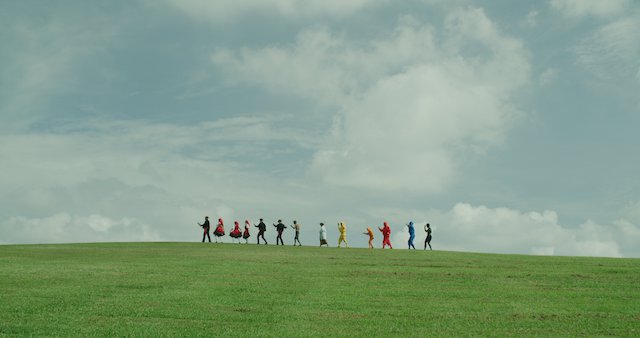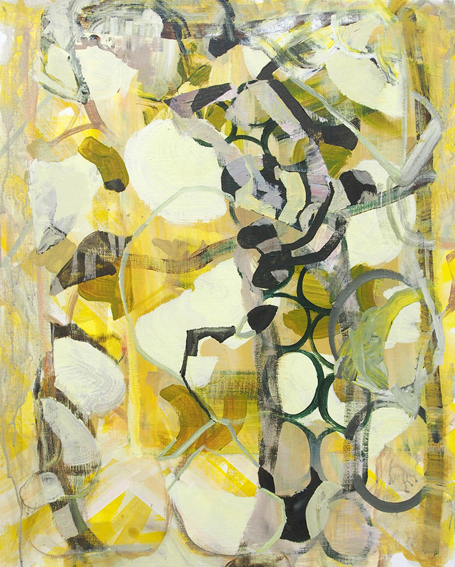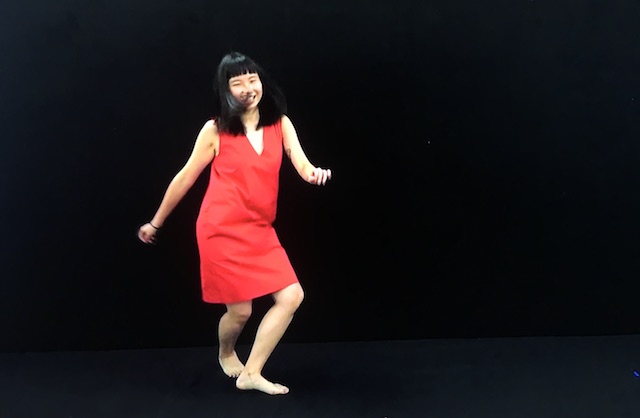With 20 galleries taking part, the art fair S.E.A. Focus was meant to be David to the Goliath of Art Stage Singapore. At least until the latter fair was cancelled just days before its planned opening in January last year, leaving Singapore with a challenger and no champion (and a number of galleries with no place to go). Anticlimactic, perhaps, but even on its own S.E.A. Focus offers a reminder that small fairs are nimble and niche, can hit small targets rather than carpet bomb. The talks programme attests to its quality, with country-specific panel discussions featuring artists such as Rirkrit Tiravanija and Dinh Q. Le, as well as the ubiquitous Hans Ulrich Obrist speaking on the future of exhibitions.
Meanwhile, the state-supported Singapore Art Week is in full swing islandwide, with galleries, institutions and pop-up spaces rolling out the red carpet to visitors with special exhibitions. From shows in derelict warehouses to public space takeovers, ArtReview Asia provides a guide to the best new shows in town. A special shout-out also to the ongoing Singapore Biennale, with the upbeat theme of ‘Every Step in the Right Direction’. So, let’s put on our walking shoes…

Russell Morton, Saudade (2020)
State of Motion: Rushes of Time at The Archive and The Warehouse, through 2 February
‘While archives are built to order and preserve our sense of time, how do artists and filmmakers make a “new” sense of time out of past materials?’ To answer the question, the fifth edition of the Asian Film Archive’s annual event is split into two parts, at the National Archives of Singapore (‘The Archive’) and a derelict warehouse space (‘The Warehouse’) at 20 Depot Road. The presentation at the former is more scholarly, historical and literal in its idea of a repository. Koh Nguang How traces the history of performance art in Singapore, while Toh Hun Ping creates a reading room of research materials for his work-in-progress Harbinger, which brings to light Sino-anarchistic movements in Singapore and Malaya. There are also screenings of work from 1967–79 by Ragendra Gour, touted as ‘possibly Singapore’s earliest independent short filmmaker’.
The Warehouse explores personal and communal experiences, the afterlives of objects and gaps in official narratives. Standouts include Nguyen Trinh Thi’s video installation Everyday’s the Seventies (2018), which looks at the Vietnamese refugee crisis in Hong Kong through old local movies discussing Vietnam, news clips and an interview with a record store owner (a Vietnamese refugee who became a naturalised citizen). It paints a complex, layered picture of the phases of humanitarian crisis.

Strange Things at 2 Cavan Road, through Jan 28
This time it’s a former shipyard which is reactivated as an art venue. Curated by former Singapore Art Museum curator Louis Ho, Strange Things brings together works that respond to its grungy surrounds, includes artists such as Thai artist Santi Wangchuan, who is showing a gigantic version of his trademark shaggy woven works, as well as Singaporean artist Dawn Ng, who has created an installation of mirrors placed in a circle: perfect for contemplation (and selfies).

Stealing Public Space at The Substation, through Feb 23
The Substation concludes its yearlong examination of the notion of public space with an exhibition comprising 32 works that engage with social and political realities in Southeast Asia. Conceived as a ‘takeover’ of space in and around The Substation on Armenian Street, the exhibition mixes playfulness and seriousness to tackle issues of censorship, state control, surveillance and historical amnesia. Green Zeng, for example, puts the faces of political exiles on an alternative Singapore currency (Malayan Exchange, 2011), while the art collective Vertical Submarine pokes fun at Singapore’s obsession with designated zones for activities with Flirting Corner (2020). There are more sombre investigations into genocide and other forms of historical erasures, a poignant example of which is Dinh Q. Le’s white embroidered portraits of Khmer Rouge victims, their faces almost invisible in the monochrome (The Texture of Memory, 2011). Because the details are best made out by touch, the work can also be read as a response to reports of so-called ‘hysterical blindness’ among traumatised Cambodian refugees.

Joy of a Preverbal Dispenser at Fost Gallery, through Feb 23
The recent works of Singapore painter Ian Woo, whose idiosyncratically titled works reflect his improvisational ethos, are filled with cellular forms dancing in flat washes of colour. Expect handsome large canvases covered in pleasing, rhythmic abstractions that pulse and move as if mirroring the mind’s activity in the moment of creation, beside a series of smaller, simpler works executed on wedge-shaped wooden blocks.

Stages and Mirrors at Cuturi Gallery, through Feb 23
Cuturi Gallery has partnered with Coda Culture and webzine So-Far to develop an artist incubation programme called c/discoveries, and the result is this painting show featuring Aisha Rosli and Yunita Rebekah. Aisha’s canvases are strange, luminous visions combining carnivalesque figures in domestic settings (think acrobat in a hoop swinging over a bed with a girlish pink bedspread); Yunita’s works faceless portraits are darker and moodier (and inspired, apparently, by paintings of the Virgin Mary). Proceeds of the artworks are split 80/20, with the greater share going to the artists and the remainder going to supporting the next iteration of the scheme.
While you’re at the gallery, also check out the concurrent solo show of French artist Lionel Sabatté, Elemental Beings, featuring abstract paintings of primordial forms alongside pictures of animals rendered by oxidising iron and bronze on paper.

Dancing Alone (Don’t Leave Me) at Objectifs, through Feb 9
Inspired by a line from the film version of The King and I (1956) – ‘No woman would dance alone while a man is looking at her’ – Singaporean artist Susie Wong has created an immersive video installation featuring, well, women dancing by themselves. These are women who don’t give two hoots about who’s watching: a simple but worthy takeaway for our social media-saturated times.
Online exclusive published on 15 January 2020
